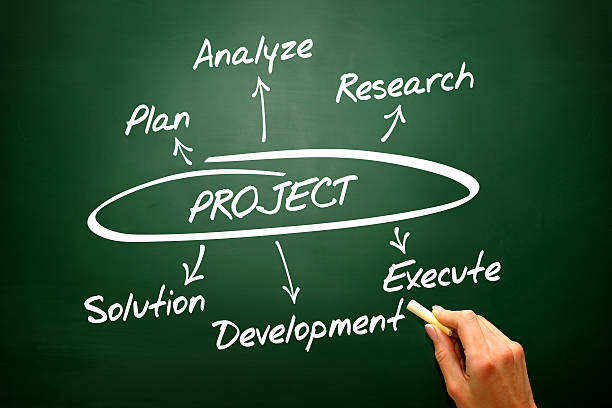Key Elements Of A Good Project Introduction

Starting a project can feel overwhelming, especially when you want to make a strong first impression. The introduction is more than just the opening paragraph—it’s the part that sets the tone, engages your readers or evaluators, and gives them a clear idea of what to expect. Understanding the key elements of a good project introduction can make your work stand out and show that you are organized, thoughtful, and focused.
Every effective project introduction begins with context. You need to explain why your project matters and what problem it seeks to solve. This helps your audience understand the relevance of your work and why it’s worth their attention. Whether your project is academic, professional, or personal, providing background information creates a bridge between the reader’s knowledge and your research or objectives.
Next comes a clear statement of purpose. A strong project introduction tells readers exactly what you intend to achieve. This could be a research goal, a product outcome, or a social initiative. When you define your purpose, it gives your project direction and shows that you have thought through what success looks like. A vague introduction can leave readers confused, but a clear purpose immediately communicates your focus.
Scope is another important element. Your introduction should outline the boundaries of your project—what it will cover and what it will not. Defining the scope prevents misunderstandings and helps readers know what to expect. It also demonstrates that you have a realistic plan and that your project is achievable within the given timeframe or resources.
Highlighting the significance of your project adds another layer of impact. Explain how your work contributes to knowledge, solves a problem, or benefits a particular community or audience. This is your chance to show value. Whether it’s creating a new product, proposing a solution, or offering insights, the significance makes your audience care about the outcome.
Another key element is providing a brief overview of your methodology or approach. Without going into too much detail, letting readers know how you plan to achieve your objectives creates credibility. It reassures them that your project is based on a structured process, research, or practical steps rather than assumptions.
Lastly, a good introduction often includes a roadmap or outline of the project structure. This gives readers a preview of what’s to come and helps them follow your work easily. For longer projects or reports, it guides the audience through chapters or sections, making the reading experience smoother and more organized.
A strong project introduction combines all these elements—context, purpose, scope, significance, methodology, and roadmap—into a concise, engaging, and informative opening. It’s the first impression that captures attention and sets expectations. Taking the time to craft it carefully can make a significant difference in how your project is perceived.
Mastering the key elements of a good project introduction ensures that your work starts on the right note. It shows that you are not only thorough but also capable of communicating ideas clearly and professionally. With a strong introduction, you set the stage for a project that readers will find compelling, credible, and worth exploring.














